An all-in-one patient engagement solution built for targeted communication
What if you could reach your patients with personalized messages for every situation like appointment reminders, targeted outreach, two-way communication – all without the frustrating phone tag, unintelligent systems, and repetitive tasks?
Discover our suite of patient engagement solutions that are designed to reduce no-shows, streamline outreach, and build better interactions for every visit.

Engage patients across their patient journey with our digital tools
From reminders, outreach, surveys to care campaigns – leverage our patient engagement software for all your communication needs.
Automared Reminders
Send reminders that don’t just inform, but prompt action
Patient messaging
Reach patients privately or as a group via HIPAA-compliant tools
Reputation management
Capture patient feedback to measure satisfaction & improve processes
- Patient surveys
Reduce no-shows with smart appointment reminders
Move beyond basic automated reminders with our patient engagement platform– send appointment reminders that are timely, actionable, and intelligently trigged based on visit type. Nudge patients to confirm or request for cancellation or reschedule – helping your practice reduce no-shows and optimize provider schedules.
- Set it, forget it: Automated schedules based on varying intervals and frequency.
- On-demand reminders: Flexibility to send reminders to patients on the fly.
- Visit-based reminders: Tailored reminder content for each visit type.
- Customization: Options to add Maps location, directions, and more.
- Choice of channels: Includes email, SMS, and voice reminders.
- Responses: Patients can confirm or request for cancellation or reschedule.
- Dashboard alerts: Staff gets notified every time a patient responds.
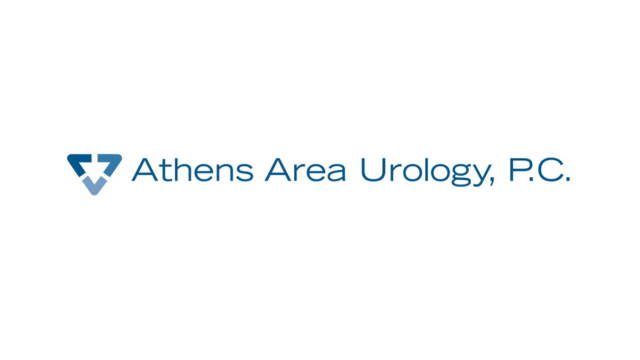
50% reduction
in no-shows using automated reminder
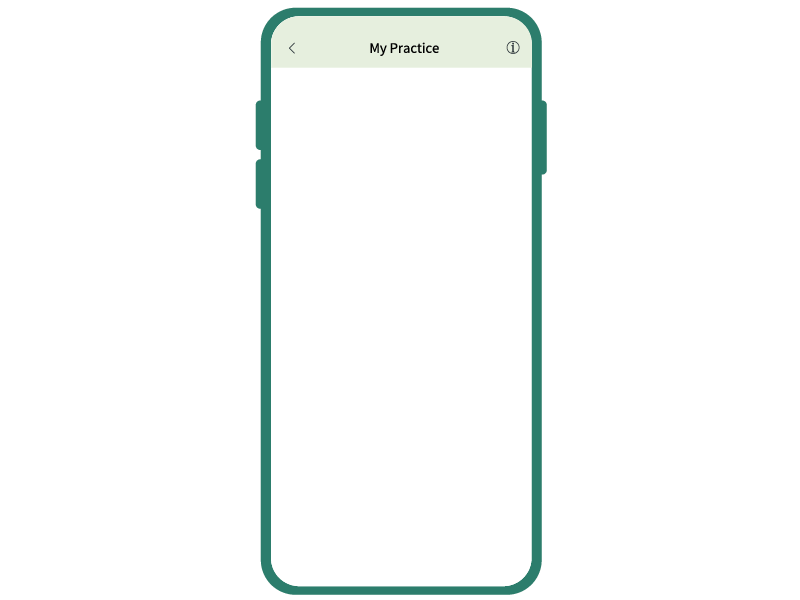
Ease patient visits with prep and post visit instructions
Keep patients better prepared and informed at every step of their care journey. Customize and schedule pre and post instructions based on appointment types and provider using our patient engagement software.

Visit-specific
Tailored instructions for surgery, screening & other visits

Preferred schedule
Messages can be sent for different intervals and frequency

Post-visit care
Share care tips and other related info post-surgery & visit

Choice of channels
Instructions can be sent via email and/or SMS.
Boost collection with payment reminders
Collecting patient balance doesn’t have to be laborious, awkward, and ineffective – The automated reminders in our patient engagement platform are designed to persuade patients at the right time and reduce bad debts.
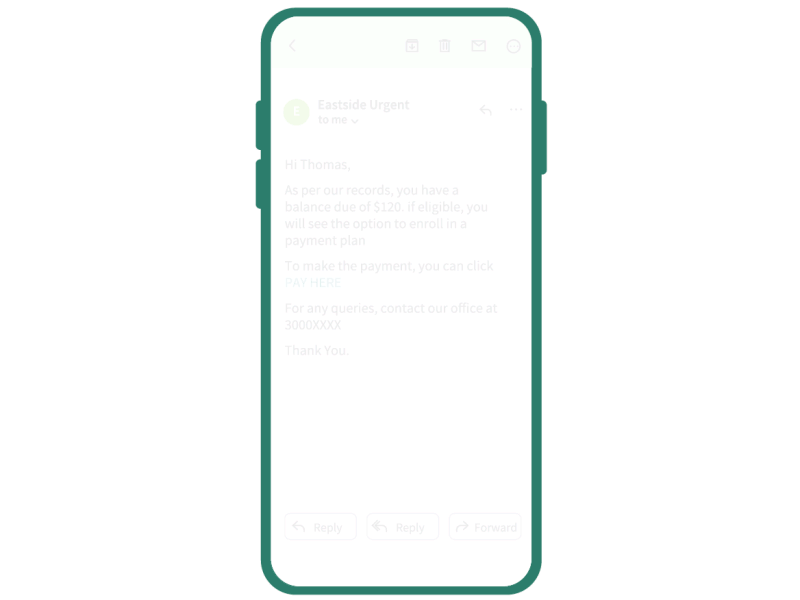
- Set it & relax: Automatically send payment reminders to patients at the right time—whether it’s once, weekly, or based on your schedule.
- On-demand reminders: Flexibility to send reminders to patients on the fly.
- Rule-based: Ability to trigger reminders for balances greater than set threshold, and time after the appointment.
- Accurate balance: Robust PM integration to fetch the accurate patient balance every time before the reminder is sent.
- Payment link: Easy way for patients to pay via the reminder using secure link.
- Payment receipts: Patients receive them instantly and your staff can access it easily.
- Choice of channels: Reminders can be sent via email and/or SMS.

30% increase
in payment collections by using web payments and automated custom reminders
Connect with patients instantly via secure, two-way messaging
Skip the phone tags and voicemail loops. With CheckinAsyst’s Secure Chat, staff and patients can exchange messages in real-time, using secure channels like SMS and email which are ideal for managing queries, follow-ups, or even urgent care needs.
- Website chat: Patients can initiate a conversation using the website widget.
- Staff-initiated: Easy way for staff to message patients via the Dashboard.
- Choice of channels: Messages can be sent via email and/or SMS.
- File sharing: Receive and send files easily through the secured platform.
- Off-hours: Engage patients with pre-defined chat workflows and get back to it when you are available.
- Chat posting: Conversations can be posted back to the PM system for recordkeeping.
- Dashboard alerts: Staff gets notified every time a patient responds

Send broadcast messages to patient groups in seconds
Need to inform patients about a flu shot clinic, provider unavailability, or weather-related closure? Use our broadcast messaging tool to reach your entire patient base or just a specific segment – all with minimal effort and maximum personalization.
- Choice of channels: Messages can be sent via email and/or SMS.
- Specific targeting: Choose filters or upload a patient list for targeted campaign.
- Custom filters: Personalization includes patient name, provider, location, links, and more.

Promote preventive care services to relevant audience

Create health campaigns about specific conditions

Send follow-up care instructions and health tips
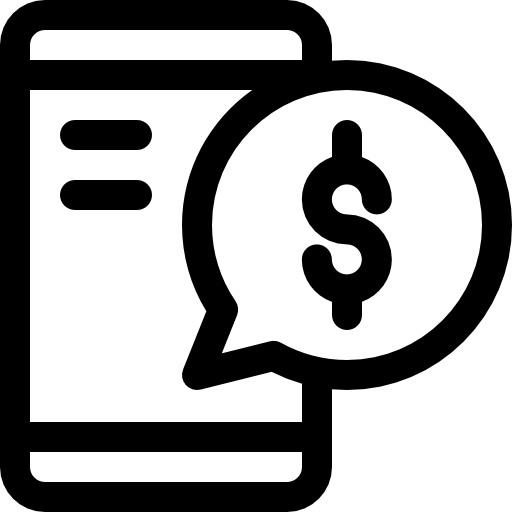
Collect pre-payment or balance using payment broadcasts

Promote vaccination drives & wellness programs

Market new services to
attract new patients

Announce office closures due to bad weather

Inform patients about provider unavailability

Share information about potential disease spread in the locality
Gauge patient sentiments with automated patient surveys
Simplify the way you create, distribute, and collect patient feedback with our automated patient surveys. Leverage automated schedules to capture patient sentiments at the right time – minus the manual work.
- Survey for all needs: Standard or custom for anonymous or identifiable surveys
- Question style: Multiple-choice, star-rating, or open-ended questions for better data capture.
- Scheduled: Flexibility to schedule surveys after a visit, based on preferred cadence.
- External links: Ability to add Google Review and other pages to the end of the survey.
- Analytical reports: Detailed data into patient satisfaction score to make necessary improvements.
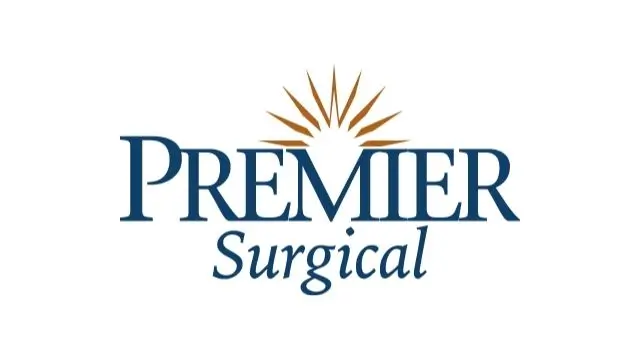
2x increase
in Google reviews and a 5x increase in survey responses after adopting automated feedback tools
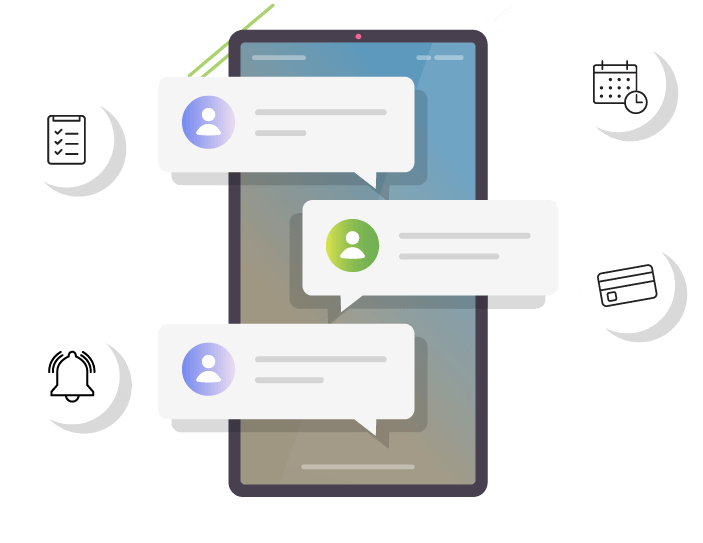
Ready to Elevate Your Patient Engagement Strategy?
Let’s discuss how CheckinAsyst’s digital patient engagement solution can streamline your workflows, boost patient satisfaction, and enhance every step of your patient care journey



